Disclosure: This article contains affiliate links. We may earn a commission from purchases at no extra cost to you, which helps our travel content.
When most travelers think of Nuwara Eliya, Sri Lanka's misty hill station, they envision endless emerald tea plantations and colonial architecture. But beneath that refined exterior beats the heart of an adventure playground I've come to respect as much as any court I've played on. After years of chasing adrenaline across tundras from Iceland to Finland, I found myself drawn to this highland gem during my off-season—and what I discovered blew my expectations away. This isn't just about sipping Ceylon's finest; it's about pushing your limits in one of South Asia's most dramatic landscapes. The 6,000+ foot elevation provides the perfect training ground for adventure enthusiasts, with terrain that challenges even professional athletes like myself. Grab your crew and follow me beyond the manicured tea estates to discover the pulse-quickening side of Sri Lanka's 'Little England.'
1. Canyoning the Forgotten Falls of Lover's Leap
The first time I stood at the edge of Lover's Leap waterfall, my heart thumped with the same intensity as game seven of a championship series. This isn't your typical tourist photo op—it's the gateway to Sri Lanka's most technical canyoning experience.
The local guides call this route 'The Vertical Symphony,' and for good reason. You'll rappel down five consecutive waterfalls, each with its own personality and challenge. The 90-foot main drop requires absolute focus as you descend through mist and thundering water. What makes this spot special is that while tourists snap photos at the viewpoint above, only a handful of adventurers ever experience the waterfall's hidden chambers and natural water slides below.
During my descent with three former teammates, we discovered a cave system behind the third cascade that isn't documented in any guidebook. The water temperature hovers around a bracing 50°F—a natural ice bath that rivals any recovery therapy I've used throughout my basketball career.
For this technical adventure, I relied heavily on my waterproof daypack which kept my camera gear bone dry despite being completely submerged multiple times. The roll-top design proved invaluable when we had to swim through the narrow gorge connecting the fourth and fifth drops.

💡 Pro Tips
- Book with Extreme Sri Lanka Adventures—they're the only outfitter with permits for the full five-cascade route
- Bring water shoes with serious grip; the volcanic rock is surprisingly slick
- Schedule this adventure early in your trip—muscle soreness peaks 48 hours after canyoning
2. Mountain Biking the Tea Estate Singletrack
Forget what you think you know about tea plantation tours. When the day-trippers head back to their hotels, a network of maintenance paths transforms into one of Asia's most underrated mountain biking circuits.
The 'Elevation Loop' starts innocently enough at Pedro Tea Estate, but quickly evolves into 27 miles of technical singletrack connecting five different plantations. The elevation profile is brutal—you'll climb over 4,000 feet across terrain that shifts from manicured tea rows to wild cloud forest in the blink of an eye.
What makes this ride special is the contrast. One moment, you're weaving through precision-planted tea bushes, the next you're navigating root-strewn forest paths where sambar deer scatter before your wheels. The descent from Norton Bridge offers the kind of flow that reminds me why I fell in love with movement sports long before basketball defined my career.
During my ride with a local guide named Prasad, we stopped at a hidden overlook where the entire valley unfolded beneath us. The rhythm of pedaling through this landscape has the same meditative quality I found in Finland's remote trails—except here, the soundtrack includes distant temple bells and the calls of endemic bird species.
After pushing through the challenging middle section, I was grateful for my hydration pack with its 3-liter capacity. The microclimate shifts in Nuwara Eliya are dramatic, and staying properly hydrated while navigating these elevation changes is essential for maintaining performance.
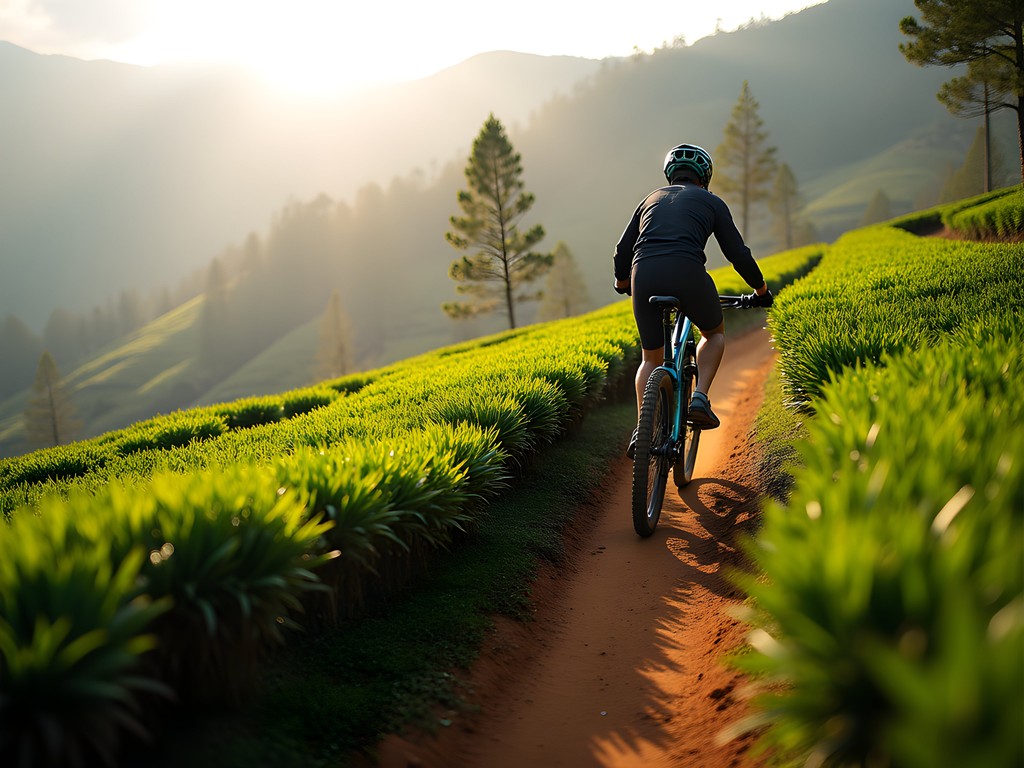
💡 Pro Tips
- Rent bikes from Cycle Lanka in town—they're the only shop with full-suspension options suitable for the technical sections
- Start no later than 7am to avoid both afternoon rain showers and tea plantation workers on the trails
- The northwestern section near Labookellie Estate has the most technical features—save it for last if you're building confidence
3. Rock Climbing the Pidurutalagala Granite Faces
The granite formations surrounding Sri Lanka's highest mountain remain one of adventure travel's best-kept secrets. While Sigiriya's rock formations get all the attention, Pidurutalagala's north face offers climbing that rivals what I've experienced in world-class destinations.
The 'Monsoon Wall' sector features 15 established routes ranging from 5.9 to 5.13a, all set against a backdrop of cloud forest and distant tea plantations. What makes this climbing unique is how quickly the conditions change—a route that's bone dry in the morning might transform into a water feature by afternoon as clouds envelop the mountain.
During my week in Nuwara Eliya, I connected with a local climbing collective that's been systematically developing routes since 2015. Their knowledge of microclimate patterns proved invaluable; they've mapped how the sun hits different sections throughout the day, allowing us to chase dry rock even during the volatile spring season.
The standout climb for me was 'Ceylon Crimp,' a sustained 5.11c that follows a subtle seam up an otherwise featureless granite slab. The crux sequence—a delicate balance between friction and precise finger placements—reminded me of the mental focus required during playoff free throws. One moment of doubt and gravity reclaims control.
I found my climbing shoes particularly well-suited to the unique granite here. The edging performance was crucial on the technical face climbs, while the ankle protection saved me during several awkward chimney sections on the western routes.
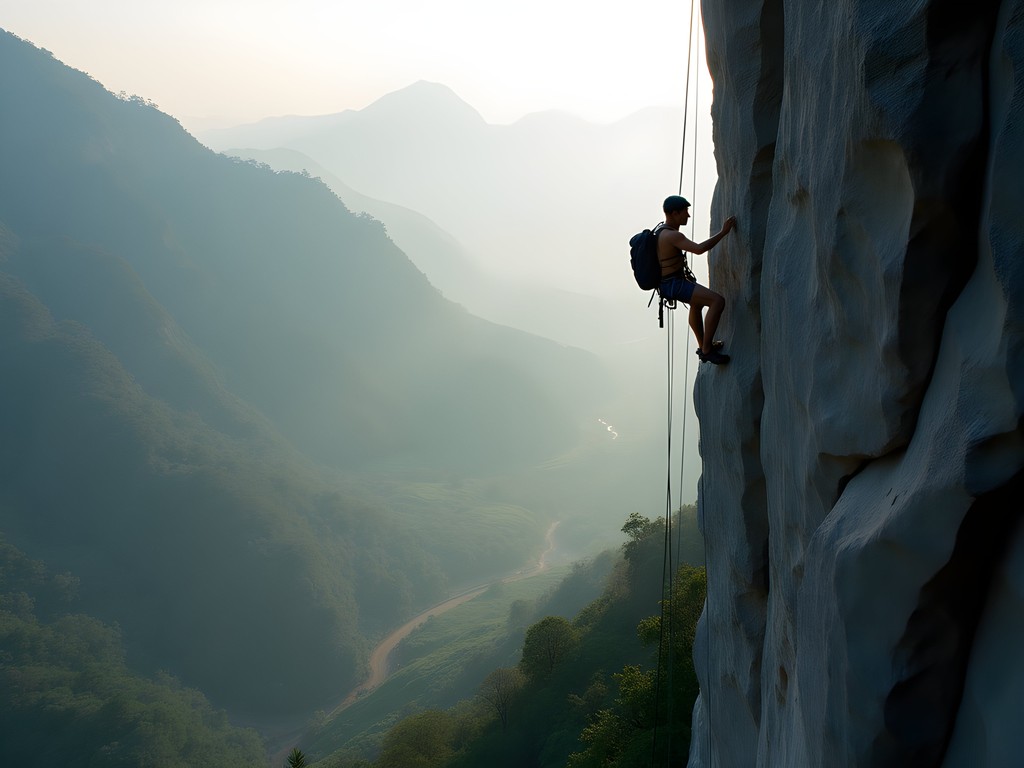
💡 Pro Tips
- Contact Highland Rock Collective at least two weeks before your trip—they control access to the best sectors
- The afternoon thunderstorms are predictable—start climbing by 6am to maximize your time on the wall
- Bring double the chalk you'd normally use; the humidity levels make finger friction a constant challenge
4. Paragliding the Tea Valley Thermals
There's something about launching yourself off a 7,000-foot ridge that recalibrates your perspective on life. After years of gravity-defying dunks, I thought I understood airtime—until I experienced paragliding in Nuwara Eliya's unique thermal landscape.
The launch site at Ramboda Pass offers what local pilots call the 'Tea Elevator'—a thermal corridor created by the precise arrangement of dark tea bushes absorbing heat differently than the surrounding landscape. On clear spring mornings, pilots regularly achieve altitudes of 9,000+ feet, offering views stretching from Adam's Peak to the distant coastline.
Unlike paragliding in the Alps or Himalayas, the flight patterns here follow the colonial-era tea plantation designs. The British unknowingly created perfect thermal generators when they arranged tea fields in their characteristic patterns. My tandem pilot, a former Sri Lankan air force officer named Lakshman, showed me how to read the landscape from above—identifying which plantation sections would generate the strongest lift based on their orientation to the sun.
The highlight came when we spiraled through a convergence zone where three different air masses collided above Lover's Leap waterfall. The variometer screamed as we climbed at nearly 1,000 feet per minute, banking through smooth, powerful lift that carried us well above our launch elevation.
For the flight, I wore my polarized sunglasses which proved essential for reading the subtle terrain features and cloud developments. The polarization cut through haze to reveal thermal triggers that would have otherwise been invisible.
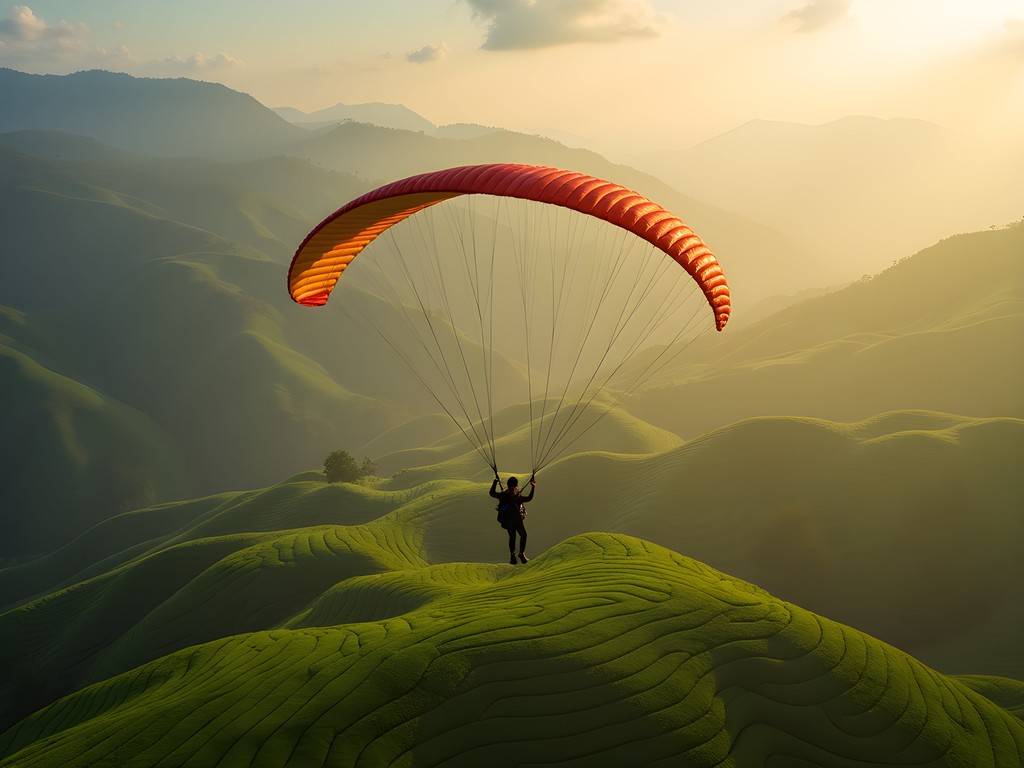
💡 Pro Tips
- Book with Sri Lankan Airventures—they're the only operator with access to the premium Ramboda launch site
- The best flying window is 8-11am, before valley winds become turbulent
- Bring a light jacket even on warm days; temperatures at soaring altitudes can drop 20°F from ground level
5. Night Trekking to World's End
Most travelers experience Horton Plains National Park and its famous World's End viewpoint as a daytime excursion. But for those willing to push boundaries, the park rangers occasionally permit night treks that transform this familiar landscape into something otherworldly.
Our journey began at 2am under a canopy of stars so dense it reminded me of remote nights in Northern Canada. The 9-mile circuit through cloud forest and grassland plateaus takes on a different character by headlamp—the endemic sambar deer's eyes reflect like constellations, while the calls of purple-faced langur monkeys create an eerie soundtrack.
What makes this adventure special is the timing. By reaching World's End before sunrise, you witness what locals call the 'Awakening'—the moment when first light reveals the 2,800-foot sheer drop and the distant coastline nearly 50 miles away. The temperature inversion creates a sea of clouds that slowly parts as the sun strengthens, revealing villages and landscapes that seem to materialize from nothing.
Our guide, a third-generation park ranger named Vijay, pointed out phosphorescent fungi that lined certain sections of the trail—natural waymarkers that have guided nocturnal travelers for generations. His knowledge of the plateau's microclimate helped us position perfectly for the sunrise moment, finding shelter from the notorious morning winds that can gust over 30mph at the exposed viewpoint.
For night trekking in these conditions, my headlamp proved invaluable with its multiple beam settings and red light mode that preserved our night vision during critical navigation points. The waterproof rating also came in handy when we encountered an unexpected pre-dawn mist shower.
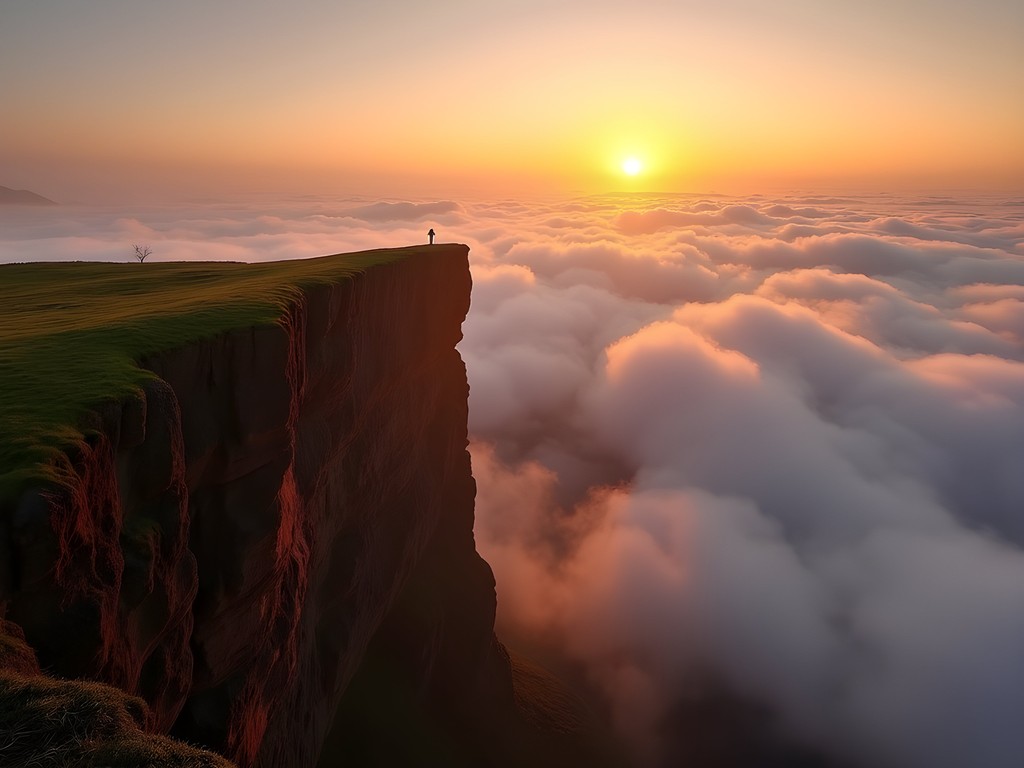
💡 Pro Tips
- Apply for the night trekking permit at least 30 days in advance through Sri Lanka Wildlife Conservation
- The temperature drops below 40°F before dawn—layer appropriately with moisture-wicking base layers
- Position yourself at Baker's Falls viewpoint exactly 20 minutes before official sunrise for the most dramatic light on the water
Final Thoughts
Nuwara Eliya isn't just a colonial relic or a tea tourism destination—it's a legitimate playground for adventure seekers willing to push beyond the obvious. What struck me most was the contrast: mornings spent rappelling down hidden waterfalls, afternoons testing my limits on unexplored granite, evenings recovering in colonial luxury. This highland region offers the perfect balance of adrenaline and atmosphere that I've sought throughout my post-basketball travels. The technical challenges here would satisfy any adventure athlete, while the cultural immersion provides the mindfulness I've come to value as much as the physical push. Bring your crew, push your limits, but take time to absorb the unique rhythm of Sri Lanka's hill country. Like the best electronic tracks that fuel my travels, Nuwara Eliya builds slowly, drops unexpectedly, and leaves you craving another session. I'll definitely be back—next time with more chalk, better Sinhala language skills, and an even deeper appreciation for this highland gem.
✨ Key Takeaways
- Nuwara Eliya offers world-class adventure sports that remain largely undiscovered by mainstream tourism
- The spring shoulder season provides the ideal balance of good weather and minimal crowds for technical activities
- Local guides are essential for accessing the most dramatic locations and understanding microclimate patterns
- The contrast between extreme adventure and colonial comfort creates a uniquely satisfying travel experience
📋 Practical Information
Best Time to Visit
March-May (spring) for optimal adventure conditions
Budget Estimate
$800-1200/person for a week including activities
Recommended Duration
7-9 days minimum
Difficulty Level
Challenging

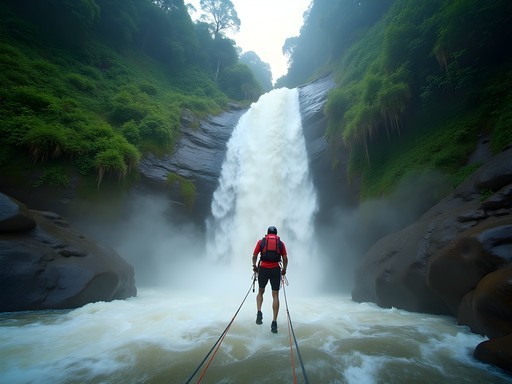
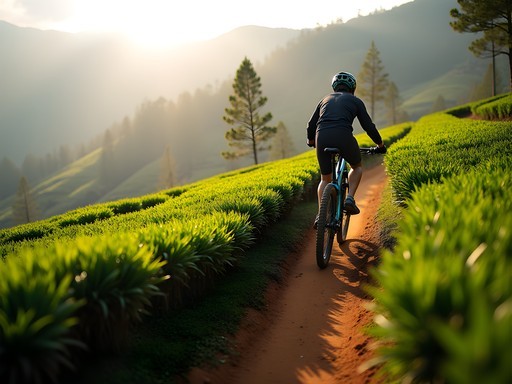
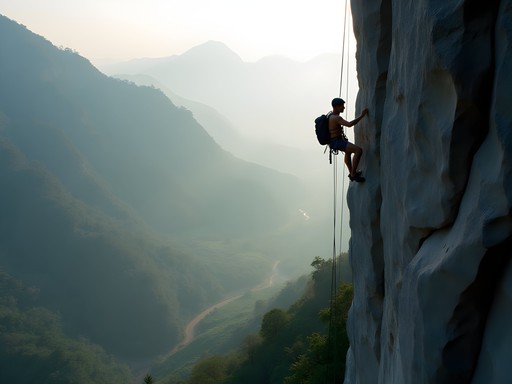

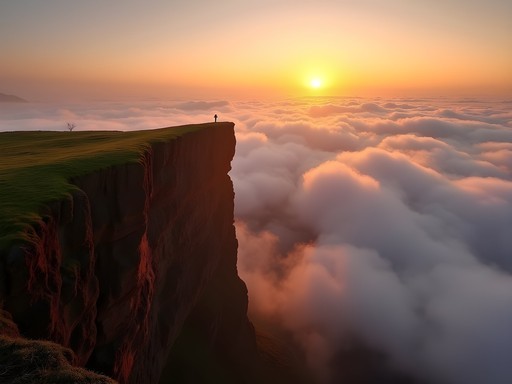


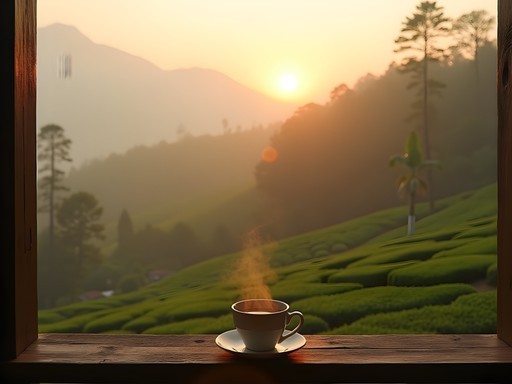






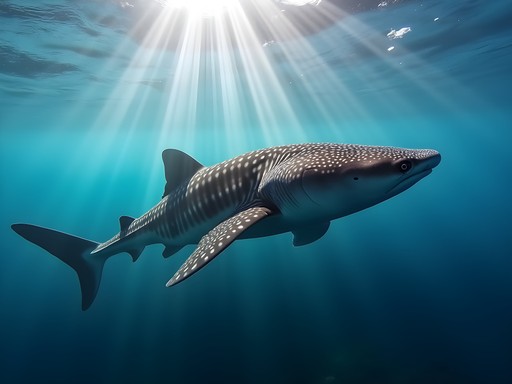
Comments
adventure_seeker92
Just got back from Nuwara Eliya last week and tried the mountain biking trail you mentioned! It was incredible but WAY more challenging than I expected. Those downhill sections through the tea plantations had my knuckles white the whole time. Tip for others: bring padded cycling shorts and gloves - the terrain is rough! Didn't have time for canyoning but now I'm planning another trip just for that. The tea estate workers were so friendly, waving as we rode past. Did anyone else stop at that little tea shop at the halfway point? The owner made us the best cup of tea I've had in my life.
redzone
how difficult was it really? i'm not super fit but want to try
adventure_seeker92
There's an easier route for beginners! Ask for the 'scenic tea route' - less technical but still amazing views. Take plenty of water though!
sri_lanka_lover
Those photos from Lover's Leap Falls are stunning! Adding this to my bucket list.
mountain_wanderer
Any recommendations for waterproof gear for the canyoning? Planning to try it next month!
Jackson Moore
The tour operators provide the essential safety gear, but I'd recommend bringing your own waterproof phone case and quick-dry clothing. The water is chilly year-round!
Nicole Russell
Jackson, this is EXACTLY the content I've been looking for! I did the traditional tea estate tours last year but felt like I was missing something. That mountain biking trail through the tea estates sounds incredible - did you rent bikes locally or bring your own? I'm heading back to Sri Lanka in November and definitely adding these to my itinerary. The paragliding especially looks breathtaking - getting those aerial views of the tea plantations must be surreal! I've done some beginner rock climbing but never on granite faces - is the Pidurutalagala route suitable for intermediates or strictly for experienced climbers?
Jackson Moore
Thanks Nicole! I rented bikes from Adventure Hub in town - they have decent mountain bikes. For Pidurutalagala, there are some intermediate routes on the east face, but definitely go with a guide your first time. The local climbing community is super helpful!
Nicole Russell
Perfect! Just what I needed to know. I'll look up Adventure Hub. Did you need to book the paragliding in advance or can you just show up?
Jackson Moore
Definitely book paragliding at least 3-4 days ahead - it's weather dependent and spots fill up quickly, especially in high season!
redzone
never knew nuwara eliya had this much adventure stuff! always thought it was just tea and old buildings lol
Nicole Russell
Right?! I was there last year and totally missed all these adventures. Definitely going back now!
redzone
let me know if you try that canyoning thing, looks intense
adventure_dad
Would any of these activities be suitable for teens? Planning a family trip next summer and my kids (14 and 16) would die of boredom if we only visit tea plantations!
greenone
Not the author but I saw families with teens on the easier mountain biking trails. They seemed to be having a blast!
Taylor Moreau
The mountain biking is definitely teen-friendly as there are various difficulty levels. The rock climbing also has routes for beginners that would be perfect for that age group. I'd check minimum age requirements for paragliding - I believe it's 16 with parental consent.
nomadexplorer
Just a heads up for anyone planning these adventures - the weather in Nuwara Eliya can change FAST. I got caught in a sudden downpour during a hike near Pidurutalagala. Best to go prepared with quick-dry clothes and rain gear even on sunny days. Also, the best season for most of these activities is February-April when it's drier. The mountain biking trails get pretty muddy and slippery during the monsoon months!
travel_with_tina
That shot of the paraglider over the tea plantations is breathtaking! Did you take that yourself, Jackson?
Taylor Moreau
Excellent write-up, Jackson! I'd add that the mountain biking trails are best attempted from March to May when it's slightly drier. I hired a bike from Nuwara Adventures near the Grand Hotel - they maintain their fleet impeccably and provide excellent route maps. The single track through Kandapola tea estates offers spectacular views but can be treacherous after rain. I used my hydration pack which was essential as there are few water stops along the route. The guides can customize routes based on your experience level. For those interested in the rock climbing, book at least 3 days in advance as the best guides are often committed to local climbing clubs.
sri_lanka_explorer
How were the crowds at Pidurutalagala? I'm heading there next month and wondering if I need to book climbing spots in advance.
Taylor Moreau
Definitely book ahead, especially if you're going on a weekend. The climbing areas have become quite popular with local adventure groups. Weekdays are much quieter if that's an option for you.
mountain_wanderer
Those paragliding shots are incredible! Adding this to my bucket list!
Venture X
Premium card with 2X miles, $300 travel credit, Priority Pass